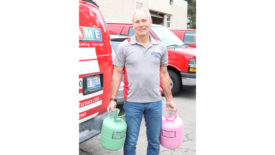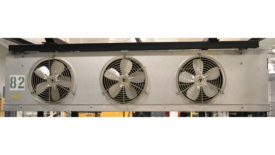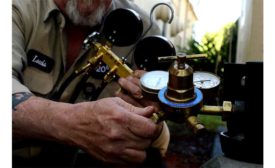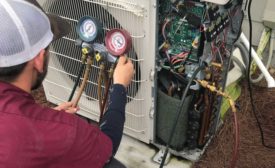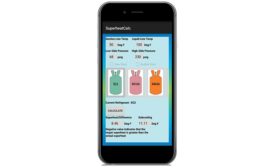Home » Keywords: » superheat and subcooling
Items Tagged with 'superheat and subcooling'
ARTICLES
The Definitive Guide to Temperature Glide, Part 2
Always consult the P/T chart when calculating superheat and subcooling for refrigerant blends
Read More
The Definitive Guide to Temperature Glide, Part 1
Technicians must understand how to calculate temperature glide for refrigerant blends
Read More
Superheat, Subcooling, and Saturation – What Do They Mean?
These measurements can help technicians troubleshoot refrigeration systems
Read More
Proper Superheat Can Protect Compressor From Damage
Technicians should make sure that liquid refrigerant is not entering the compressor
Read More
Evaporator Determines Refrigeration System Efficiency
A cold evaporator can still result in warm refrigerated space temperatures
Read More
Properly Interpreting Liquid Subcooling in the Condenser
High subcooling can indicate several different problems in the system
Read More
A Beginning HVAC Tech’s Guide for Understanding Superheat
Its oftentimes the most confusing measurement taken in the field
Read More
Finding HVAC Techs to Properly Diagnose TXVs Is Necessary but Problematic
HVACR professionals discuss the importance of understanding how the system works
Read More
Copyright ©2024. All Rights Reserved BNP Media.
Design, CMS, Hosting & Web Development :: ePublishing



